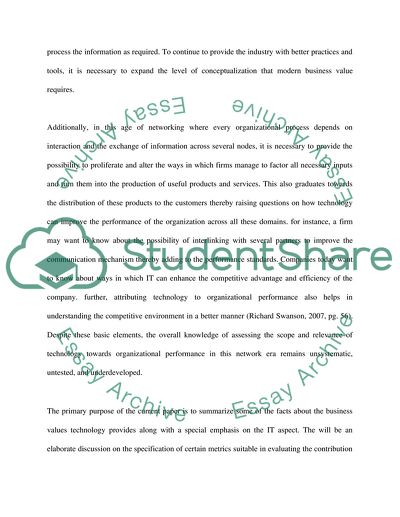Cite this document
(“Impact of Technology on Organizational Performance Research Proposal”, n.d.)
Impact of Technology on Organizational Performance Research Proposal. Retrieved from https://studentshare.org/information-technology/1727239-tec
Impact of Technology on Organizational Performance Research Proposal. Retrieved from https://studentshare.org/information-technology/1727239-tec
(Impact of Technology on Organizational Performance Research Proposal)
Impact of Technology on Organizational Performance Research Proposal. https://studentshare.org/information-technology/1727239-tec.
Impact of Technology on Organizational Performance Research Proposal. https://studentshare.org/information-technology/1727239-tec.
“Impact of Technology on Organizational Performance Research Proposal”, n.d. https://studentshare.org/information-technology/1727239-tec.


